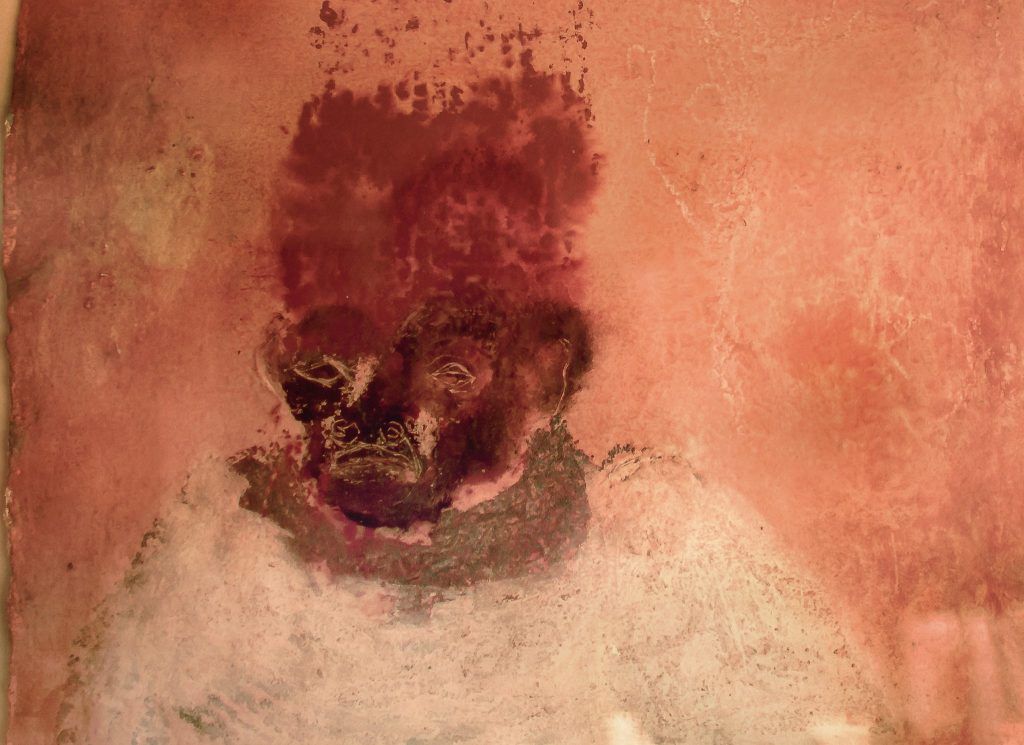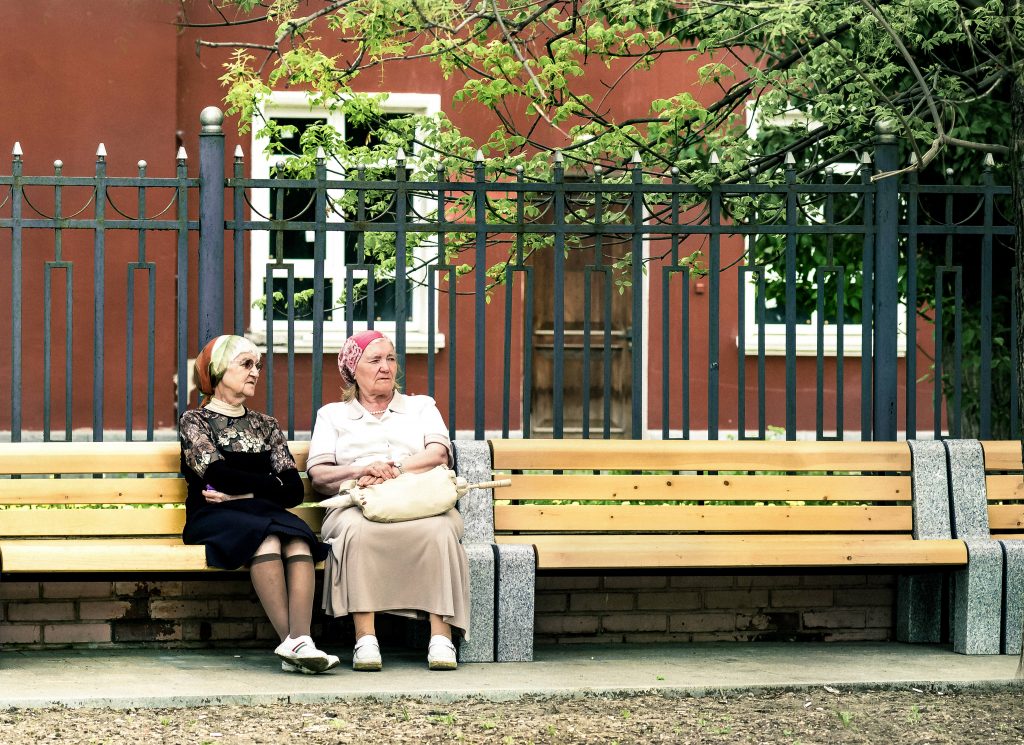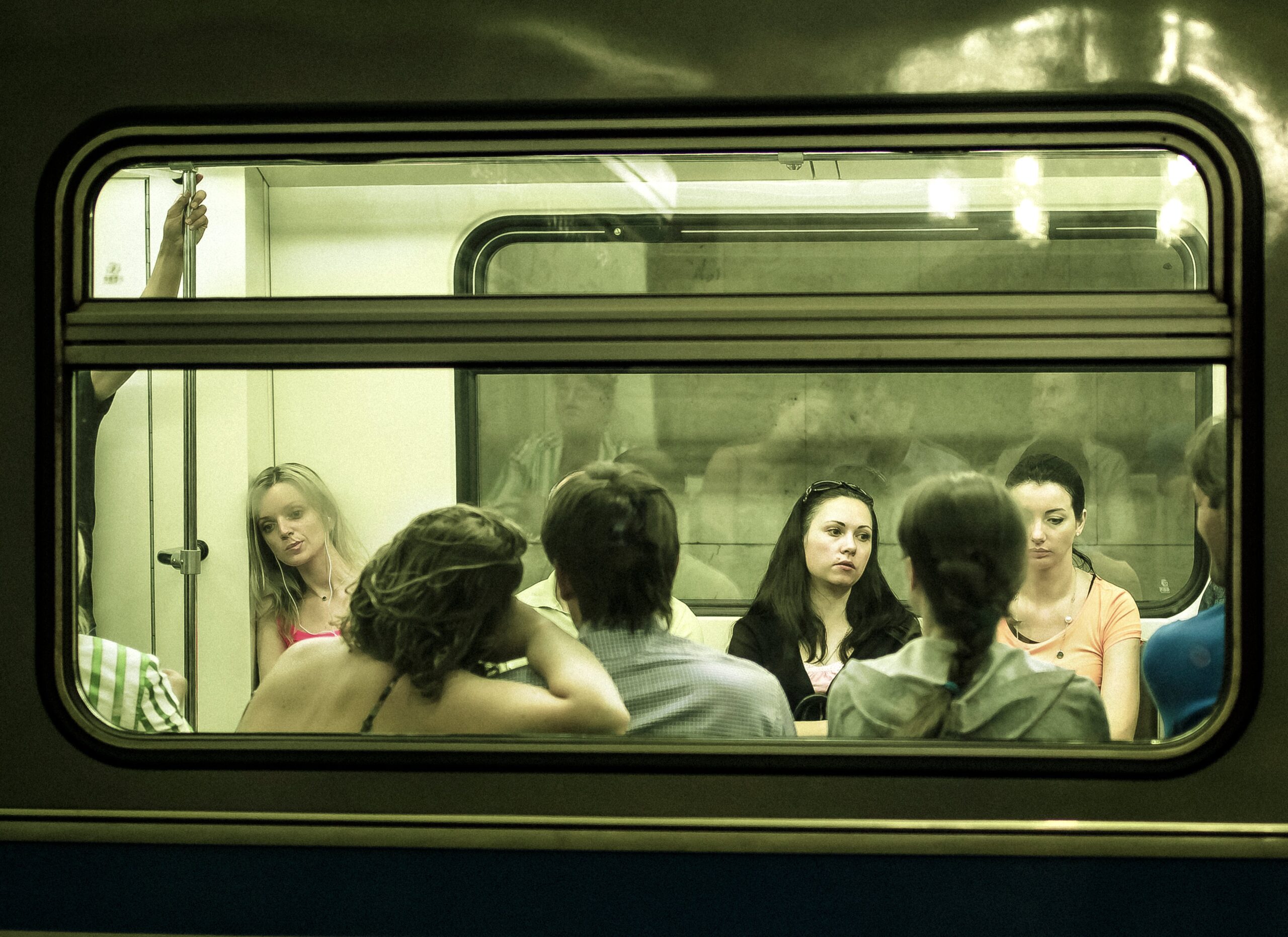It was 8:30am on Wednesday, the next morning.
I entered the dining room on the 2nd floor of the Hotel Vissai Saigon. I didn’t feel rested, but I felt eager to go downtown again. A crowd of both Vietnamese and foreign diners gathered around the breakfast buffet. But I was the only American.
A friend of mine, Thien, was waiting for me. As I pushed my way through the crowd, I spotted him at a table drinking coffee. I wanted him to accompany me to the nearby Cu Chi tunnels, which communist forces had used to attack American forces during the war in the 1970s. I wanted to explore the tunnels over the week-end.
Also, I wanted to arrange a longer trip to a market for exotic animal products outside Hanoi, not far from Ha Long Bay .

People in Ho Chi Minh City Get Around on Motor Bikes
Eating Breakfast with Thien
I already knew the trip to the market in the north would involve a degree of risk. But I didn’t know how much. Thien had traveled with me to Ninh Binh, outside Hanoi, to explore its karst hills the previous year. I thought I should go again this year.
The market in the village of Nhị Khê, 20 kilometers south of Hanoi, was the world’s largest trafficking hub for rhinoceros horn and other rare animal parts. But, the trade, although lucrative, was illegal.
A 50-member criminal group based in Nhị Khê offered an inventory of smuggled goods worth more than $50 million, according to the Wildlife Justice Commission.
“Sure, I can take you there,” said Thien, taking a sip of coffee, “but I would advise you to be prepared. You might have to spend some money.” Thien paused. “Otherwise, the smugglers might become suspicious. Why do you want to go again?”
I didn’t answer.
Thien laughed. “On the positive side, you could buy your own rhinoceros horn to increase your sex drive or a tiger paw to cement your high status with your friends.” Then he became serious. “People who sell these animal parts…. It’s not right.”
“We can talk about it more on our trip to the tunnels tomorrow.” I stood up from my chair and looked toward the door. “What time do we leave?”
Shopping for Clothes
Back in my room on the 7th floor, I called my taxi driver, Binh. I asked him to pick me up to go shopping before meeting Karen. “I need a buttoned-down shirt, like the one you wore the other day,” I said.
“I know the one you mean,” Binh replied. He paused. “I’m close.”
Ten minutes later on Nguyễn Văn Trỗi Street, the main road to the city center, I said to Binh, “Do we have enough time? Karen will be at Café MOF on Lê Lợi Street at noon.”
Binh shook his head. “Plenty of time.” He glanced at me. “I’m taking you to Bến Thành Market,” he said. “My cousin has a fabrics and a tailoring store there. I just phoned him.”
I opened a small guidebook and found an entry for the Bến Thành Market in District 1. It was famous for its local handicrafts, textiles, and souvenirs, in addition to local cuisine. I reviewed my notes for my educational projects in Vietnam.
“Wait here,” Binh said, pulling up before a large French colonial style structure. Along with its role as a market, the sprawling complex was a hub for a network of city buses. Also it was the site of a metro station under construction. “I’ll be back in 10 minutes.”
When Binh returned, he handed me a plastic bag. I looked inside and saw a neatly folded shirt, light blue in color. It looked like what I wanted. “How much do I owe you?” I asked, opening my wallet. Binh saw one of the bills. “Just give me the $5 bill,” he said.

Bến Thành Market in Ho Chi Minh City Has Handicrafts and Clothing
Eating Lunch with Karen
The last time I had met Karen for lunch, at Café Kujuz, it was raining. Today we were meeting at a new place, MOF Japanese Dessert Café, on Lê Lợi Street. The sun was shining. Also, the street was crowded with Vietnamese and foreigners alike, speaking many languages, including Vietnamese, Japanese, and English.
Passing through the open front of the café with the plastic bag containing the new shirt in one hand, I could see that the small space was crowded. But I couldn’t see Karen. I ordered a smoothie.
As I stood drinking the yoghurt concoction made with blueberries, I noticed a young Vietnamese woman gesturing at me from a table in a corner of the room. It was Karen’s roommate, Cam, whom I had met at Hotel Rex two nights before. She and her companion, another young Asian woman, stood up and prepared to leave.
The two of them moved toward the front door as I arrived at their empty table.
I had finished my smoothie when Karen, out of breath, arrived. “I just left the police station,” she said. She sat down, looking overwhelmed. “I found a new place to live.” She gestured toward the waitress. “I have to hurry,” she said. “My next class starts at 3:00.” She ordered some food.
“It’s an alley off Nguyen Thi Minh Khai Street,” Karen added. The waitress, who wore a black uniform, left us alone. “I have an upstairs bedroom and a bathroom. I can use the kitchen downstairs.” She paused. “It’s more money, $350.”
Karen removed her wide-brimmed hat and the large pair of dark glasses she had been wearing. “The main reason I chose it, though,” she said, “was that the landlord would register me.” She caught her breath. “Together we went to the police station. The clerks there are rude.”
By law, every resident of a dwelling in Vietnam had to be registered to reside in it. But, because of a tax, many landlords refused to rent to foreigners.
“Enjoy your lunch, Karen,” said a man who passed our table on his way to the front door. Karen looked up. The man was bald, skinny, and wore a sweat-stained shirt and a wrinkled tie. He disappeared.
“One of my teaching friends,” Karen said. “Pete. From Florida. Also, a photographer.”
The waitress placed two glasses of water along with two dishes of food on the table. I looked at the rice and beef in the pot before me.
“At my current place on the corner of Phan Dang Luu and Phung Van Cung,” Karen said, “the landlord wanted an extra $100 per month to register me.” She tasted her vermicelli noodles. “My rent was only $60,” she said. “But I had to share a studio with two others. Then I realized I needed something more. More space.”
https://www.washingtonpost.com/

Ho Chi Minh City Has Many Cafés, Both Outdoor and Indoor
Visiting SEAMEO with Karen
As Karen and I left the café and started walking toward the large, 5-story building which housed the government school where she taught, clouds gathered in the sky. The temperature, I realized, was dropping. Also, I felt a change in pressure.
It was going to rain.
Inside the largest of the three SEAMEO buildings, Karen and I ascended a flight of stairs and walked down a corridor to room 208. We passed through a set of glass doors half covered with translucent privacy shades. Inside the room used by school personnel during breaks, a group of Vietnamese teachers and administrators in their 30s and 40s sat in chairs at a long table, talking.
“I have a new class starting next week,” Karen said to me. “I want to pick up my books now.” She spoke to one of the administrators, who stood up and removed a set of books from a cupboard. I saw the title, Let’s Go 3. “We use this series to teach the students in the third year of our English program,” she said to me.
I recalled the story Karen had told me about her student, Simon, a boy, 10. “How is Simon?” I asked. “Creating more problems for you?”
“Yesterday he grabbed another boy’s workbook and scribbled in it,” Karen replied. “He drew strange faces over ten of the pages.” Then Karen glanced in the direction of one of the other women at the table. “Oh, Trinh, I didn’t see you.”
The young woman, who looked like she was 16 years old, stood up. She was dressed all in white. “Karen,” she said, “we need to do something about Simon. I’ll talk with his mother. Simon should apologize to the other boy. We can’t let him disrupt the classroom the way he has been doing.” Trinh was standing next to Karen and speaking to her in a low voice, as if she was worried that someone would overhear.
“Trinh is my teaching assistant,” Karen said to me. She turned her back on the young woman and grinned at me.
A small man entered the room from the corridor. He looked at me, then Karen, and, finally, Trinh before he turned back toward the group at the table. He was a Vietnamese man in his 40s, wearing thick black glasses and a nondescript tie. He shouted something in Vietnamese at one of the people sitting at the table.
Then the small man exited the room as quickly as he had entered it.
“That’s Mr. Anh, our new supervisor,” said Karen. “He likes to boss people around.”
Trinh, looking nervous, left the room after Mr. Anh.

Workers in Ho Chi Minh City Collect the Garbage
At Hotel Continental
That night, after changing my clothes, I went to the outdoor bar at Hotel Continental to drink some wine. At 9:00, Karen and another woman arrived. As soon as they sat down, Karen said: “Debra is another one of my colleagues from SEAMEO.” The woman appeared to be half Asian. “I already had talked with Pete, who said he could take the photos you wanted. But, now, I’m thinking Debra would be better.”




